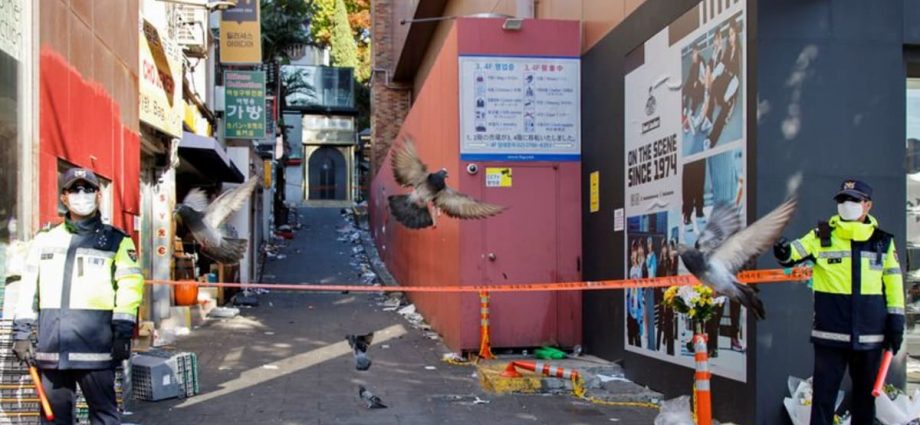
Disturbing footage showing emergency rescue officials and citizens providing cardiopulmonary resuscitation (CPR) to unconscious victims quickly went viral on social media even before the nature and the scale of the disaster became known.
The graphic images were replayed on mainstream news media. Then speculation about what caused the disaster began to swirl.
“What makes it harder for most people is that it was nobody’s fault that they happened to be there, and when you keep asking why were they there in the first place … that’s a recipe for social conflict,” Jun said.
The death toll stands at 156, with 172 injured, 33 of whom were in serious condition.
The government sent a mobile clinic run by the National Center for Disaster Trauma to Itaewon, offering free counselling.
Jun said there was a natural human tendency to look for an explanation for a disaster, placing blame on people or a set of circumstances, Jun said.
“When you see reactions to disasters, there are inevitable reactions trying to find some scapegoats and blaming them,” Jun said. “For example, when we had COVID-19 cases the first time in South Korea, there were a lot of blaming reactions like ‘why did you go there? Why did you spread it to others.'”

